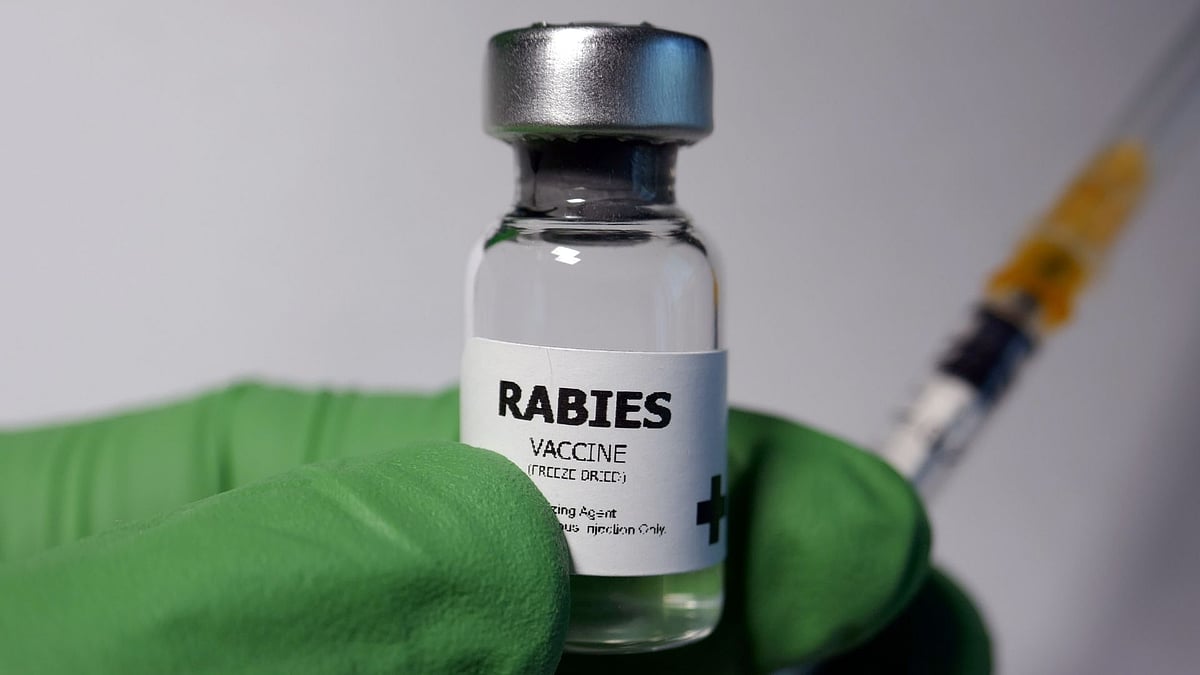Washington: On an average, a shoe harbours “hundreds of thousands of bacteria per square inch,” suggests a study. So is it worth it to allow guests to remove their shoes indoors? In the latest survey, Live Science has analysed upon whether shoe bacteria is something we should really be worried about in our homes or not.
While talking to Jonathan Sexton, an environmental microbiologist and research specialist at the University of Arizona, the website found that the average shoe harbours “hundreds of thousands of bacteria per square inch.” The soles of our shoes are essentially a meet and greet for these microbes, and with each step we take, we pick up new attendants.
But what types of bacteria are there on our shoes? Do they pose a legitimate health threat? Previous studies suggest that almost all shoes in some research samples were coated with faecal bacteria, including one prominent bug called Escherichia coli (E.coli), which researchers discovered on 96 per cent of shoe soles. While many types of E.coli are harmless to humans, some strains can cause severe diarrhoea, urinary tract infections and even meningitis.
Other research studies have also found evidence of things like Staphylococcus aureus, which underlies a wide range of skin infections, and more worryingly, infections of the blood and the heart. Another study sampled 30 households for the presence of Clostridium difficile (C. difficile), a bacterium with a long lifespan that commonly causes bowel problems like
diarrhoea.
However, there is nothing much to worry about as the research by Live Science suggests that the load of bacteria our shoes bring indoors isn’t typically high enough to make the average healthy person very sick. “For a healthy individual, bacteria on shoes likely pose no or minimal risk,” said Kevin Garey, a professor at the University of Houston College of Pharmacy.
Another point is that most of us don’t spend a lot of time on the ground, where shoe bacteria dwell. “The exposure makes the poison. So if you’re not exposed to it, you’re not going to get sick from it,” Sexton said. In some cases, layers of bacteria coating the floor can become “re-aerosolized” and enter the air we breathe, lifted by the draft from a window, for instance, Sexton explained. “I’d be more worried about a child crawling around on the floor. For a healthy adult, it’s not too big of an issue,” Sexton said.









